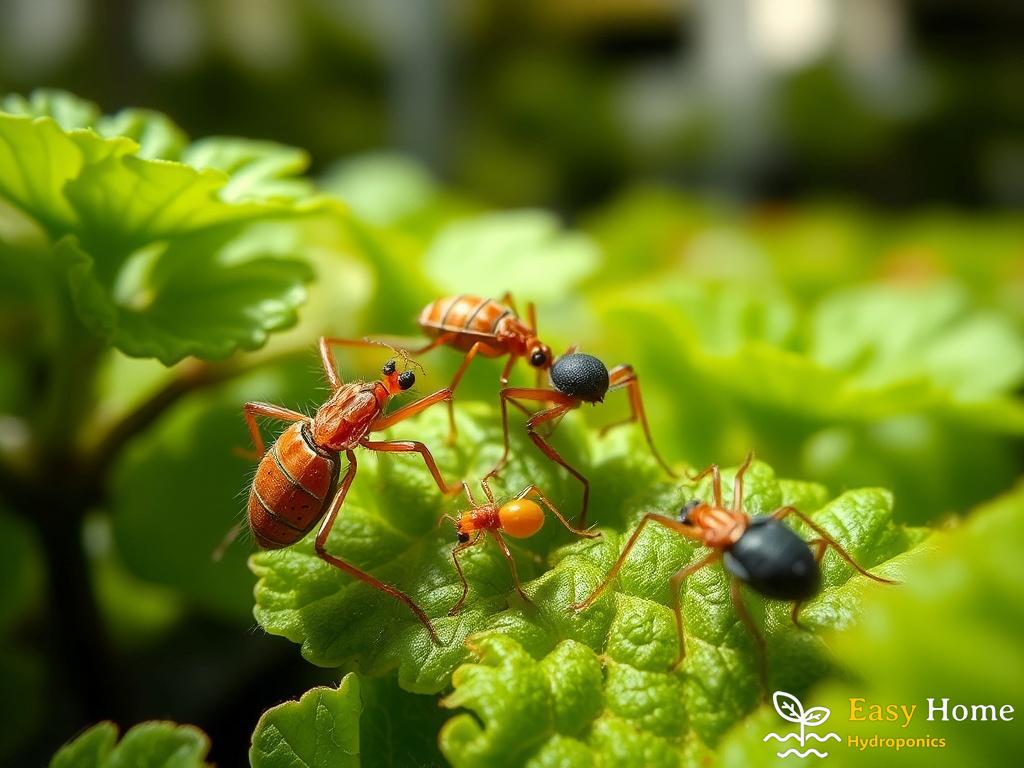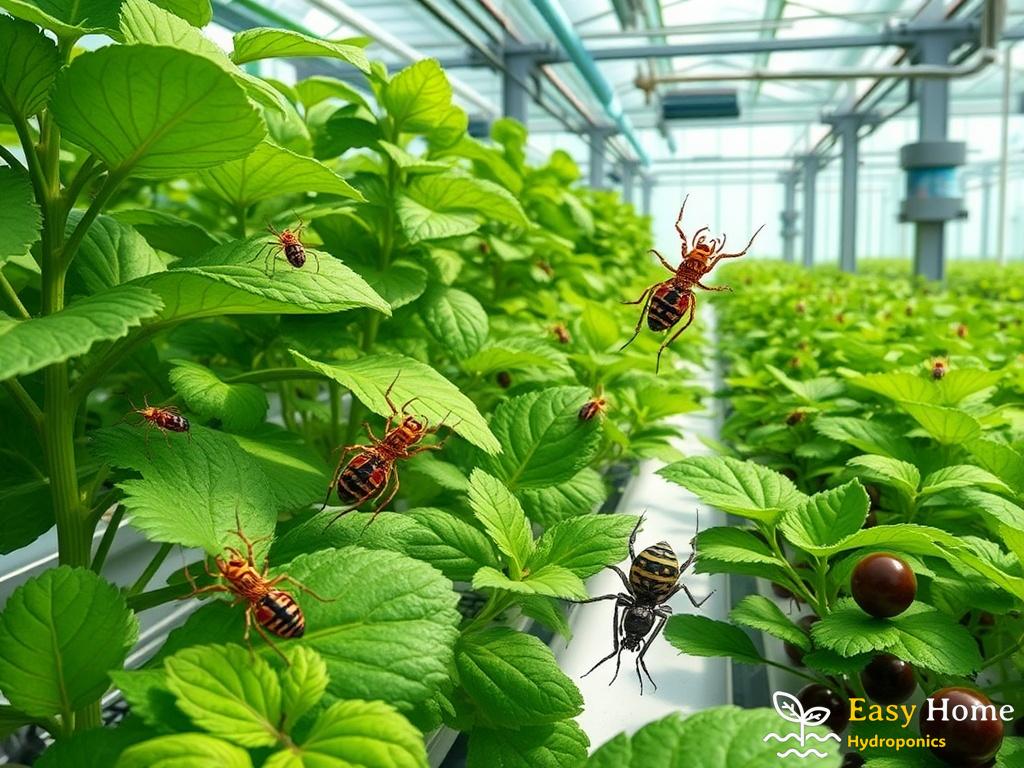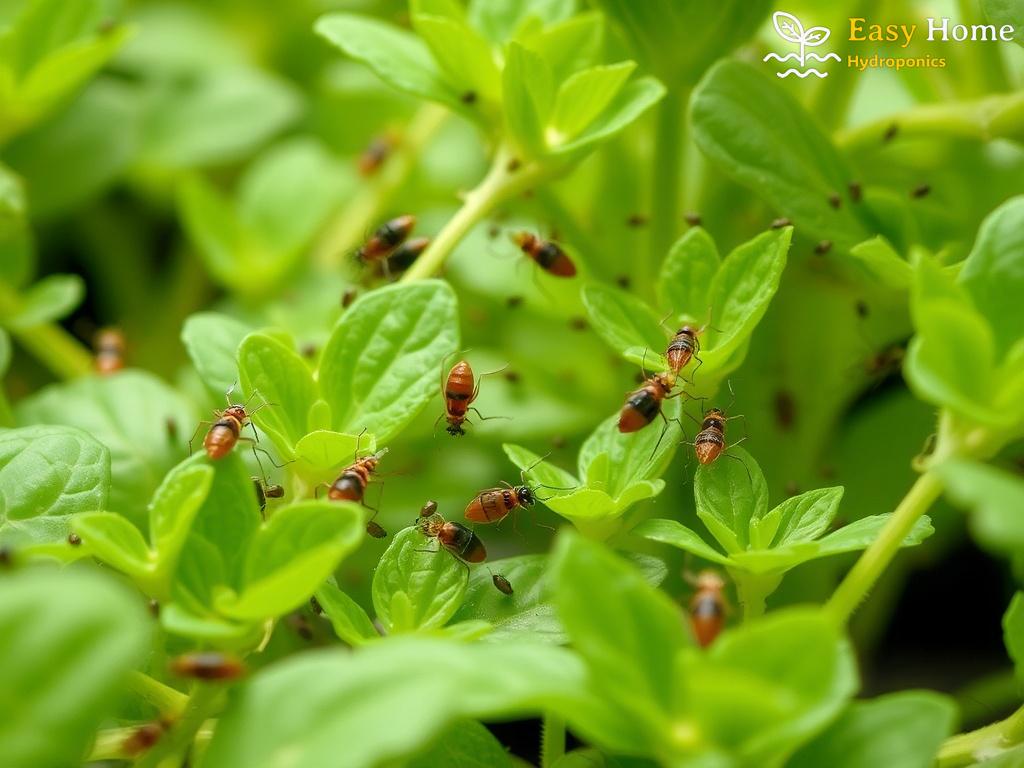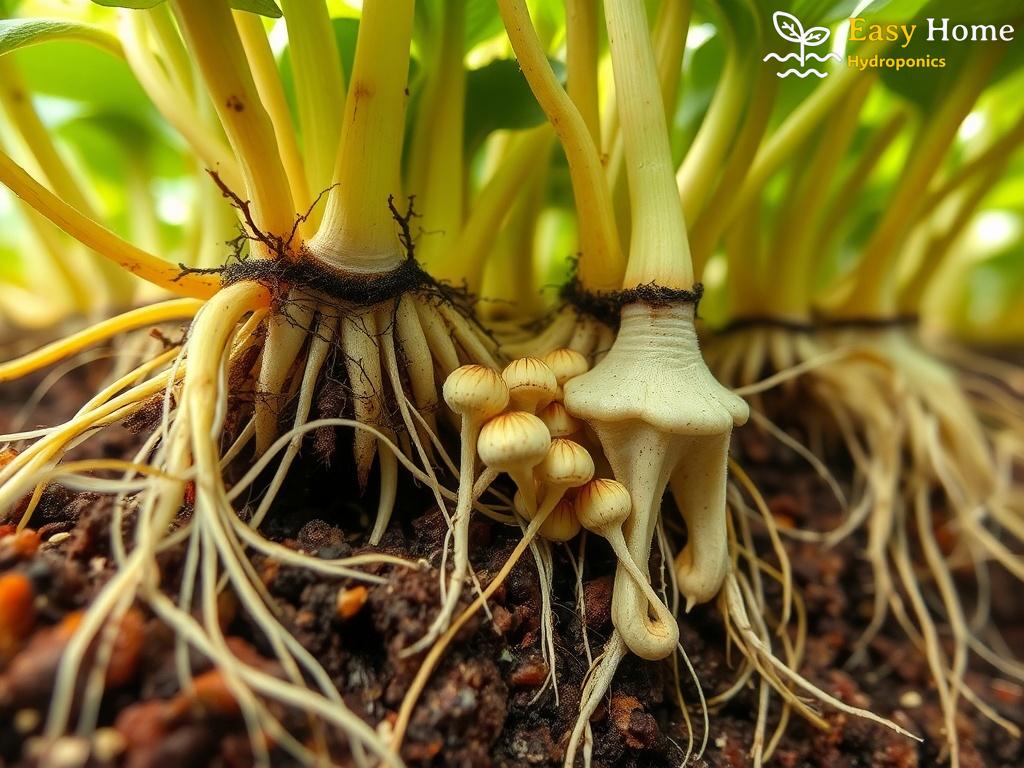Unleashing Nature’s Warriors: Meet Predatory Mites

In the vibrant world of hydroponics, where plants thrive without soil, the battle against pests can often feel daunting. Among the most notorious enemies of hydroponic growers are spider mites, tiny invaders that can wreak havoc on your plants. But fear not! Nature has equipped us with its very own warriors: predatory mites. These microscopic allies are not just the stuff of science fiction; they are real, effective, and ready to help you reclaim your garden.
Before you dive into the world of predatory mites, it’s crucial to understand who these warriors are. Different species specialize in hunting down various pest mites, making them invaluable in maintaining the health of your hydroponic setup. Here’s a look at some of the most effective predatory mites:
- Phytoseiulus persimilis: This mite is a renowned spider mite predator and is especially effective in controlling the two-spotted spider mite.
- Amblyseius andersoni: Versatile and adaptable, this species thrives in various conditions and feeds on a range of pest mites.
- Neoseiulus californicus: Known for its resilience, this mite can withstand different climates, making it a reliable option for growers.
To effectively unleash these tiny warriors in your hydroponic garden, follow these strategic steps. Not only will you provide a hospitable environment for predatory mites, but you will also enhance their effectiveness against spider mites.
- Assess Your Environment: Ensure the humidity and temperature levels in your hydroponic system are conducive to both your plants and the predatory mites.
- Introduce Gradually: Start by releasing a small population of predatory mites to monitor their impact on pest populations.
- Monitor and Maintain: Regularly check for signs of spider mites and the presence of predatory mites to ensure a balanced ecosystem.
Choosing predatory mites over chemical pesticides not only promotes a healthier growing environment but also aligns with sustainable practices. Here are some compelling reasons to consider these natural predators:
- Non-Toxic Solution: Predatory mites are safe for your plants, beneficial insects, and even humans.
- Long-Term Control: Unlike pesticides, which may provide a temporary fix, predatory mites establish a natural balance, keeping pest populations in check over time.
- Environmentally Friendly: Utilizing predatory mites reduces chemical runoff and helps maintain biodiversity in your hydroponic ecosystem.
The Science Behind Biological Control in Hydroponics

In the intricate dance of life within hydroponic systems, every organism plays a role—some beneficial, others detrimental. As hydroponic growers strive for optimal plant health, understanding the science of biological control becomes paramount. This approach not only tackles pests like spider mites but also fosters a balanced ecosystem, enhancing plant vitality and yield.
At the heart of biological control is the concept of using living organisms to manage pest populations. By introducing predatory mites into the hydroponic environment, growers leverage nature’s own mechanisms to combat the invasive spider mites. These predatory mites actively seek out and consume pest mites, establishing a natural equilibrium that synthetic pesticides often disrupt. The science behind this method lies in the intricate predator-prey dynamics, which can be remarkably effective when properly understood and implemented.
To appreciate the effectiveness of predatory mites, it’s essential to delve into the predator-prey interactions at play. When predatory mites are introduced, they begin to hunt down their spider mite counterparts. This hunting behavior is driven by instinct, and the predatory mites are equipped with specialized mouthparts designed to pierce and consume their prey. This natural predation not only reduces spider mite populations but also minimizes the chances of pest resistance that often arises from chemical treatments.
Moreover, the success of biological control hinges on the life cycles of both the predator and prey. Predatory mites reproduce quickly, allowing them to keep pace with the rapidly multiplying spider mites. This biological advantage often results in a sustainable control method that can last throughout the growing season without the need for repeated applications of chemical pesticides.
For predatory mites to thrive and effectively manage spider mite populations, creating an optimal environment is crucial. This entails maintaining balanced humidity and temperature levels, which not only benefit the plants but also the predatory mites. Understanding the specific requirements of your chosen predatory mite species can significantly enhance their effectiveness. For instance, certain species may prefer slightly higher humidity, while others may thrive in drier conditions.
Incorporating these tiny warriors into hydroponic systems also means recognizing the importance of biodiversity. A diverse ecosystem encourages the presence of other beneficial organisms that can further assist in pest management. By fostering a community of natural predators, hydroponic growers can create a self-regulating system that minimizes the reliance on chemical interventions.
| Aspect | Predatory Mites | Chemical Pesticides |
|---|---|---|
| Method of Action | Natural predation | Chemical intervention |
| Impact on Ecosystem | Supports biodiversity | Disrupts natural balance |
| Resistance Development | Low risk | High risk |
| Safety for Humans | Non-toxic | Toxic |
By embracing the science of biological control, hydroponic growers can not only combat spider mites effectively but also contribute to a healthier, more sustainable growing environment. The integration of predatory mites stands as a testament to the power of nature’s design, embodying a harmonious relationship that benefits all players in the ecosystem.
Choosing the Right Predatory Mites for Your Setup
As every hydroponic gardener knows, the battle against spider mites is constant and can become overwhelming. However, choosing the right predatory mites can turn the tide in your favor. With a variety of species available, understanding which predatory mite fits your specific environment is essential for effective pest management.
Each predatory mite species comes with unique characteristics that make them more suitable for different growing conditions. When selecting the right mite for your hydroponic system, consider the following:
- Phytoseiulus persimilis: Best suited for high humidity environments, this species is a formidable predator of two-spotted spider mites.
- Amblyseius andersoni: A versatile choice that adapts to varying conditions and can target multiple pest mite species, making it an excellent all-rounder.
- Neoseiulus californicus: This resilient mite thrives in diverse climates, making it an ideal option for growers facing fluctuating environmental conditions.
Choosing the right predatory mite isn’t just about picking a name from a list; it involves a comprehensive assessment of your hydroponic environment. Pay attention to these critical factors:
- Temperature: Ensure that the temperature range in your setup aligns with the preferred conditions of the predatory mites you wish to introduce.
- Humidity Levels: Different predatory mites have varying humidity requirements; some thrive in moist environments, while others prefer drier conditions.
- Prey Availability: Make sure that the predatory mites have enough spider mites to sustain their population and establish control.
Integrating predatory mites into your hydroponics system is more than just a pest control strategy; it’s about fostering a balanced ecosystem that promotes plant health and productivity. By carefully selecting the right predatory mites based on your specific needs and conditions, you can create a thriving environment that minimizes pest populations naturally.
Integrating Predatory Mites into Your Hydroponic System
Integrating predatory mites into your hydroponic system is more than just a strategic move; it’s about setting the stage for a natural battle against the pesky spider mites. These tiny warriors need a conducive environment to thrive, which involves careful management of humidity and temperature. A stable climate not only benefits your plants but also ensures that predatory mites feel at home. For instance, certain species, like Phytoseiulus persimilis, flourish in high humidity, while others, such as Neoseiulus californicus, can adapt to varying conditions. Therefore, understanding the specific requirements of the predatory mites you choose is crucial for the success of your hydroponic ecosystem.
Once you’ve established an inviting habitat, the next step is the gradual introduction of your predatory mites. Rather than overwhelming your system with a large population, consider starting with a smaller group. This approach allows you to monitor their effectiveness in real-time and adjust your strategy as needed. Observing their hunting behavior can provide insights into the spider mite population dynamics. If the predatory mites are thriving and actively preying on spider mites, you’re on the right track. Conversely, if they appear sluggish or sparse, it may be time to reassess your environmental conditions or the species you’ve selected.
Establishing a self-regulating system is the ultimate goal of integrating predatory mites into your hydroponic garden. Regular monitoring is essential—not just for the presence of spider mites, but also for your little allies. Maintaining a balance will ensure that the predatory mites continue to thrive while keeping the spider mite population in check. Keep an eye on the overall health of your plants, as a well-balanced ecosystem is indicative of a successful integration. Moreover, fostering biodiversity by introducing other beneficial organisms can enhance the effectiveness of your predatory mites, creating a robust defense against pests.
Monitoring Success: Evaluating Mite Control Effectiveness
Once you’ve integrated predatory mites into your hydroponic system, the next crucial step is to assess their performance in controlling spider mite populations. This evaluation not only helps in understanding the effectiveness of your chosen mites but also allows you to make informed decisions regarding future pest management strategies. Keeping a close watch on the dynamics of your mini-ecosystem can reveal invaluable insights into the health and productivity of your plants.
Quantifying the Impact: To effectively gauge the success of your predatory mites, it’s essential to establish clear benchmarks for measuring spider mite populations. Regularly inspect your plants for signs of spider mite damage, such as stippling or webbing. Additionally, employing sticky traps can provide concrete data on pest numbers. By comparing these figures over time, you can ascertain whether your predatory mites are making a significant dent in spider mite populations. Notably, a reduction in spider mite numbers should correlate with an increase in the presence of predatory mites, indicating that they are actively engaging in their role as nature’s pest controllers.
Behavioral Observations: Beyond counting pests, observing the behavior of your predatory mites is equally important. Look for signs of their hunting activity; are they actively patrolling the plant surfaces? Are they feasting on their prey? The vitality and vigor of your predatory mites are indicative of their effectiveness in controlling spider mite populations. If you notice a lack of activity or a decline in their numbers, it may suggest that environmental conditions are not optimal or that your mite population needs to be replenished.
Long-Term Trends: Monitoring should not be a one-time event but rather an ongoing process. Keeping a log of spider mite counts and predatory mite observations can help you identify long-term trends. This data can guide you in making adjustments to your hydroponic environment or pest management approach. For instance, if you notice that spider mite populations spike during certain times of the year, you can take preemptive measures, such as increasing the introduction of predatory mites or adjusting humidity levels to better suit their needs.




